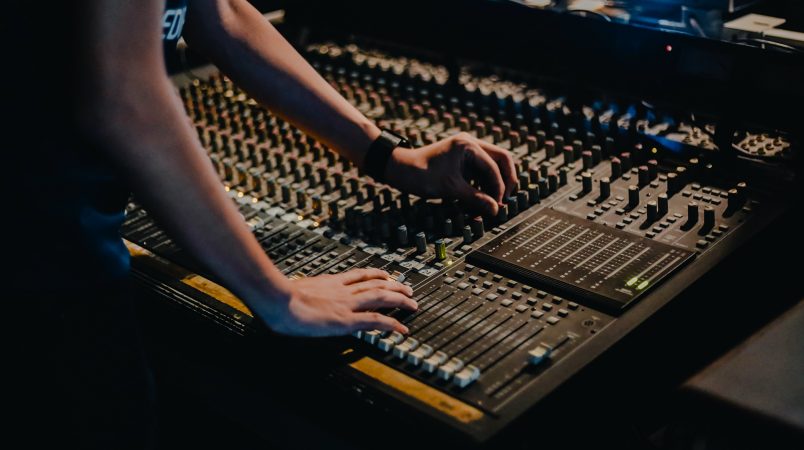The Art of Sound Design in Cinema: Tips and Techniques

Filmmaking can appear to be a considerable undertaking. There tends to be an infinite number of things to consider. Quite possibly of the greatest thing that can get neglected is film sound plan. Sound may be overlooked by novice filmmakers, who are typically preoccupied with the visual elements.
The process of recording, acquiring, manipulating, or creating audio elements is sound design. It is used in post-production, live performance, sound art, filmmaking, television production, theatre, sound recording and reproduction, and video game software development, among other fields.
Visuality is Reality
When making a movie, the images are frequently at the top, followed by other components like the soundtrack and audio.
In fact, creating audio for films is a crucial aspect of the process. No matter what kind of movie you plan to make, a good sound design will improve it. If the audio design is realistic, the audience will be more likely to buy into your reality.
As audience, we subconsciously respond to sound. When we hear expert sound design and mixing, we will inherently feel exactly like we are in the location shown on film.
Making a horror movie can be more suspenseful when using sound design and foley. The same response in the audience can be produced by a terrible sound or a suspenseful musical cue as with zombie or vampire images. Suspense that is established through sound rather than visuals often feels more real to the audience because they subconsciously interact with the music.
How Sound Design Boosts Your Film?
The initial way that sound design may enhance your film is by creating a sense of distance between the audience and the action. The movie visuals show the audience what you want them to see, but sound can help them better understand what's happening off screen. This deepens worlds of your movie.
It's difficult to convey the sense of a full world and beautiful scenery in the photographs. Off-screen space can be created solely through sound. The theatrical sound design and speaker framework will help with the sense of being in a whole scene, particularly if your film is shown in an experienced theatre.
A sound design school teaches you how to construct an ambient noise soundscape that anchors all other sounds, such as dialogue and diegetic sounds. Diegetic sound simply refers to sounds that are present in the real environment of the film. As a result, sounds such as typing on a keyboard, radio music playing on the screen, a person coughing, and so on.
Audio Bridge
The second option for raising your film is to use an audio bridge, which is a sound design strategy. An audio bridge is a form of transition that includes sounds from the previous scene into the next. As a result, the following scene is heard before it is shown.
Foley
You can use as much sound as you have captured on stage. For example, sound effects are routinely disregarded, or conversation takes precedence over other world-building elements. Fortunately, the technique of foley makes increased audio quality attainable. The technique of replicating everyday sound effects that are added to films and videos after they have been made to assist depict the world of the movie is known as foley.
Getting active in the field of foley sounds is an excellent approach to advance your career as a cinema sound designer. After the image has been locked, the foley artists will enter the studio and use whatever objects they can to recreate the noises in the domain of the film.


